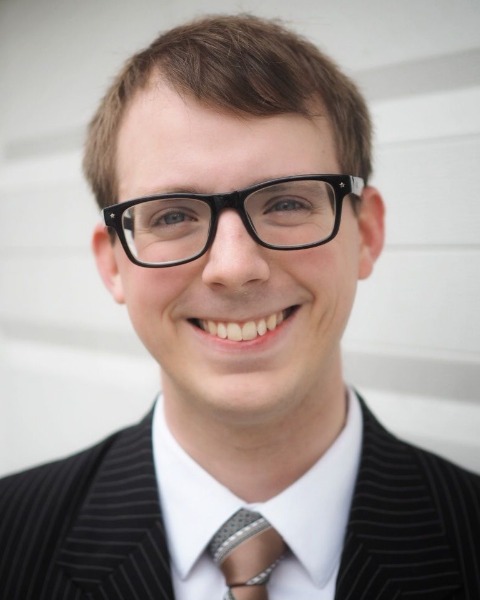General Surgery
Bridging the gap: How to get osteopathic residents into fellowships.
Reference 2: Cummings M: Meeting ACGME standards under a unified accreditation system: Challenges for osteopathic graduate medical education programs. Acad Med. 2017, 92:936-42. 10.1097/ACM.0000000000001458
Reference 3: Wach MM, Ayabe RI, Ruff SM, et al.: A survey of the complex general surgical oncology fellowship programs regarding applicant selection and rank. Ann Surg Oncol. 2019, 26:2675-81. 10.1245/s10434-019-07372-1

David Mann, DO, MS
Resident
Medical University of South CarolinaDisclosure(s): NIH: Salary (Ongoing)
Member Speaker(s)
The fellowship match process is convoluted with each specialty having its own match on its own timeline– with some programs having a Post Graduate Year (PGY) 4th year or PGY 5th year match.
This study’s aim is to identify tangible recommendations for osteopathic surgery residents to use to improve their applications, and ultimately success rate, for matching into post-graduate fellowship training.
Methods :
In October 2021, as a part of the American College of Osteopathic Surgeons (ACOS) Strategic Planning efforts, the ACOS Resident Student Section sent a questionnaire to the listed email contact for each surgical fellowship program. Fellowship coordinators and program directors were included in the survey. The programs that were included in the study were vascular, thoracic (which included cardiothoracic), surgical critical care, endocrine, hepatobiliary, transplant, pediatric, surgical oncology, breast, minimally invasive, and colorectal surgery.
Results:
Of the 108 programs that answered the survey 36% of them reported they currently had an osteopathic fellow and another 29% said they had an osteopathic fellow in the past. 35% of the programs listed that they had never had an osteopathic fellow in their program.
In regards to how residents can improve their application for fellowship match the most common answer was research in the field they were trying to match into. They wanted to see high scores on USMLE and ABSITE exams. They also noted that they wanted candidates from more well know residency programs, where they knew the residents would have gotten a good training.
Conclusion:
We recommend that any potential fellowship applicant focus on these three areas to increase competitiveness for matching into fellowship training: publication in desired field, increased overall scholarly activity and increased ABSITE scores.
Learning Objectives:
- Understand the current challenges facing resident applying to fellowship
- Identify strategies to prepare for applying to fellowship
- Identify strategies to help residents match successfully into fellowship

